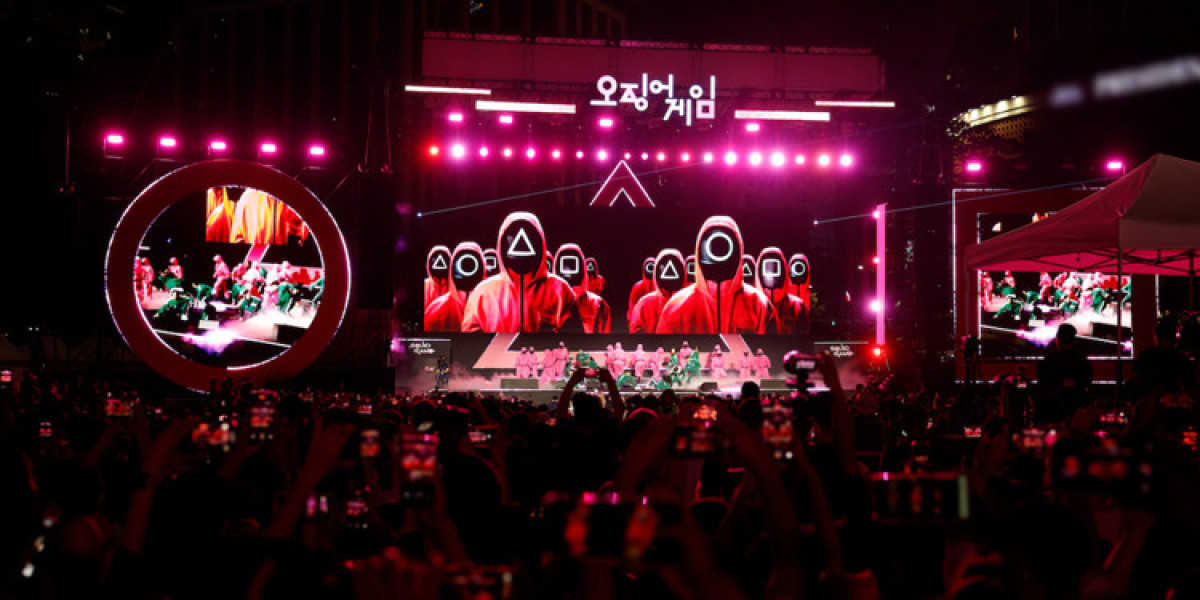In this guide, we will explain every important element that impacts laser cleaning machine price — beyond just brand names or promotional buzz.
Market Overview: Not All Machines Are Built Equal
At first glance, many laser cleaning machines may seem alike. They often feature compact housings, fiber laser technology, and handheld operation units. However, price variation is not accidental — it reflects technical, operational, and commercial choices embedded in the system.
Low-end laser cleaning machines often appear to be a bargain. But once we dig into build quality, internal components, laser source origin, and thermal management, it becomes evident that every price point represents a compromise or premium.
Power Output and Its Pricing Impact
The most direct factor in the laser cleaning machine price is the power rating. Machines are typically available in 50W, 100W, 200W, 500W, 1000W, and higher.
A 50W unit may cost under $5,000 but is usually suitable for light cleaning on delicate surfaces.
A 100W to 200W range, often used in restoration or light industrial tasks, ranges between $7,000 and $15,000.
Higher-end machines (500W and above) designed for heavy-duty rust, oxide, or paint removal can cost upwards of $25,000–$60,000 or more.
Each watt increment requires a more advanced laser source, heat dissipation system, control board, and safety enclosure — all contributing to increased costs.
Laser Source Origin: The Hidden Price Driver
Laser sources are the engine of every cleaning machine, and their origin significantly affects both price and performance.
Chinese-manufactured laser sources (e.g., Raycus, MAX) are common in entry to mid-level machines. They’re cost-effective and reliable, though they may have shorter lifespans or limited warranties.
German or American sources (e.g., IPG Photonics, nLIGHT) are known for durability, stability, and finer beam quality — commanding higher price tags. Machines with these sources can be double the price of their Chinese-source counterparts.
This component alone can swing the price by several thousand dollars, even when all other parts are identical.
Pulse vs. Continuous Wave Technology
Another overlooked factor in laser cleaning machine price is whether the system uses pulsed or continuous wave (CW) technology.
Pulsed lasers are more expensive but offer controlled, precise ablation with minimal substrate damage — ideal for sensitive materials.
CW lasers are cheaper but generate more heat and may damage thinner surfaces if not handled correctly.
The difference in internal control boards, cooling requirements, and safety mechanisms all contribute to the price differential.
Cooling Mechanism: Air vs. Water Cooled
Cooling plays a pivotal role in laser performance and longevity.
Air-cooled systems are simpler and cheaper, typically found in low to mid-range machines up to 100W. They’re lighter but can struggle in continuous or high-power usage.
Water-cooled systems are essential for high-wattage lasers. They ensure consistent performance during extended cleaning sessions but raise the machine’s complexity and price due to additional pumps, chillers, and monitoring systems.
This shift can account for a $1,000 to $5,000 difference depending on design and brand.
Build Quality and Durability
Price isn’t just about performance; it’s also about reliability under pressure.
Laser cleaning machines used in mining, shipbuilding, or automotive sectors must be dust-proof, water-resistant, and shock-resistant. Cheaper models often use basic aluminum or thin steel housings that may degrade quickly under harsh conditions.
Higher-priced models often use reinforced enclosures, heavy-duty cable sheaths, premium optics protection, and IP-rated connectors. These subtle upgrades significantly influence the lifespan of the equipment and, consequently, its price.
Automation and Custom Integration
Some industries require integration into automated systems — robotic arms, CNC paths, or conveyor lines. Machines with PLC integration, remote control, or custom software for programmable operations naturally carry higher costs.
A standard handheld unit might cost $10,000.
The same machine, when integrated into an automated production cell, might cost $30,000–$50,000 due to sensors, programming, and hardware upgrades.
Even if automation isn’t needed initially, the machine’s capacity for future integration is often reflected in its price.
Safety Standards and Certifications
Laser cleaning systems must comply with local and international safety standards. These include:
CE (Europe)
FDA/CDRH (USA)
ISO certifications
Local electrical compliance for voltage and frequency
Machines that meet rigorous safety standards come with additional design features: interlock switches, emergency shut-off systems, beam shields, and enclosed working stations. Each of these adds to the cost, especially for exporters aiming to meet global compliance.
After-Sales Support and Training
Support plays a critical role in total machine cost. Brands that offer:
On-site installation
User training
24/7 technical support
Spare parts availability
…will have higher prices, but often lower long-term downtime and better return on investment.
Cheaper machines may offer limited support, delayed parts shipping, and poor documentation. These invisible costs can affect operations when technical issues arise.
Software Interface and Upgradability
The machine’s software interface determines ease of use, adjustability, and operational safety. Entry-level systems use basic analog controls or touch screens with limited functionality.
Premium software enables:
Pulse control
Beam diameter adjustments
Task pre-sets
Material library integration
Real-time diagnostics
Such interfaces require advanced processors and licensed software platforms, which can raise the price considerably.
Import Duties, Logistics, and Dealer Margins
For buyers outside manufacturing hubs like China, the laser cleaning machine price also includes import-related costs:
Customs duties (often 5%–30%)
Freight charges
Dealer markups for reselling or local support
Warehouse handling
A machine priced at $10,000 ex-factory can cost over $14,000 delivered and installed, especially in countries with strict import regulations.
Brand Reputation and Resale Value
Finally, brand reputation affects both upfront cost and future value. A trusted brand often retains better resale value, offers longer warranties, and attracts consistent customer support.
A lesser-known machine might save money upfront but have no resale market after 2–3 years. This depreciation — although not part of the purchase price — affects total cost of ownership and should be considered.
Final Thoughts
Understanding the laser cleaning machine price requires looking beyond the catalog or website sticker. The true cost reflects a combination of power, components, safety compliance, integration ability, technical support, and lifecycle performance. While two machines may look the same, their internal value — and long-term return — often differ drastically.
Whether you're cleaning industrial equipment, restoring historical artifacts, or integrating surface prep into a production line, aligning your application needs with machine specifications is the only reliable way to justify the price. Don't rush for the cheapest tag — instead, evaluate what you're truly paying for, and whether it meets your performance demands over time.







